Why is Tramadol medication prescribed?
Tramadol belongs to the opiate (narcotic) analgesics class of drugs. It works by altering the brain’s and nervous system’s responses to pain.
How should this medication be used?
Other uses for this medicine
What additional precautions should I take?
Before taking tramadol,
- If you are allergic to tramadol, other opiate pain drugs, other medications, or any of the substances in tramadol tablets, extended-release tablets, or extended-release capsules, notify your doctor and pharmacist. Request a list of the components from your pharmacist.
- If you are taking or have recently discontinued taking any of the following monoamine oxidase (MAO) inhibitors, notify your doctor or pharmacist: isocarboxazid (Marplan), linezolid (Zyvox), methylene blue, phenelzine (Nardil), selegiline (Eldepryl, Emsam, Zelapar), or tranylcypromine (Parnate). If you are taking one or more of these medications, or if you have taken them within the last two weeks, your doctor may probably advise you not to take tramadol.
- tell your doctor and pharmacist what other prescription and nonprescription medications, vitamins, and nutritional supplements you are taking or plan to take. Be sure to mention any of the following: anticoagulants (‘blood thinners’) such as warfarin (Coumadin, Jantoven); bupropion (Aplenzin, Wellbutrin, Zyban); cyclobenzaprine (Amrix); dextromethorphan (found in many cough medications; in Nuedexta); digoxin (Lanoxin); diuretics (‘water pills’); lithium (Lithobid); certain medications for migraine headaches such as almotriptan (Axert), eletriptan (Relpax), frovatriptan (Frova), naratriptan (Amerge), rizatriptan (Maxalt), sumatriptan (Imitrex, in Treximet), and zolmitriptan (Zomig); mirtazapine (Remeron); promethazine; 5-HT3 receptor antagonists such as alosetron (Lotronex), dolasetron (Anzemet), granisetron (Kytril), ondansetron (Zofran, Zuplenz), or palonosetron (Aloxi); selective serotonin reuptake inhibitors (SSRIs) such as citalopram (Celexa), fluoxetine (Prozac, Sarafem, Selfemra), fluvoxamine (Luvox), paroxetine (Paxil, Pexeva), and sertraline (Zoloft); serotonin norepinephrine reuptake inhibitors (SNRIs) such as desvenlafaxine (Pristiq, Khedezla), duloxetine (Cymbalta), milnacipran (Savella), and venlafaxine (Effexor); trazodone (Oleptro); and tricyclic antidepressants such as amitriptyline, amoxapine, clomipramine (Anafranil), desipramine (Norpramin), doxepin (Silenor, Zonalon), imipramine (Tofranil), nortriptyline (Pamelor), protriptyline (Vivactil), and trimipramine (Surmontil). Many other medications may also interact with tramadol, so be sure to tell your doctor about all the medications you are taking, even those that do not appear on this list. Your doctor may need to change the doses of your medications or monitor you carefully for side effects.
- Tell your doctor if you’re taking any herbal supplements, especially St. John’s wort and tryptophan.
- If you have any of the disorders listed in the IMPORTANT WARNING section, or if you have a blockage or constriction of your stomach or intestines, or if you have paralytic ileus, tell your doctor (condition in which digested food does not move through the intestines). If you have any of these conditions, your doctor may advise you not to use tramadol.
- If you have or have ever had seizures, a brain or spine infection, problems urinating, ideas of injuring or killing yourself, or planning or attempting to do so, or kidney or liver disease, notify your doctor.
- If you’re breastfeeding, let your doctor know. Tramadol should not be taken when breastfeeding. In breastfed newborns, tramadol might cause shallow breathing, difficulties or noisy breathing, disorientation, greater than normal tiredness, difficulty nursing, or limpness.
- You should be aware that this drug has the potential to reduce fertility in both men and women.
- Tell your doctor or dentist that you are taking tramadol if you are having surgery, including dental surgery.
- You should be aware that this medication may cause drowsiness and may impair your coordination. Do not drive or operate machinery until you have determined how this medication affects you.
- When you get up from a lying position, tramadol can cause dizziness, lightheadedness, and fainting. To avoid this, get out of bed slowly, resting your feet on the floor for a few minutes before standing up.
- if you have phenylketonuria (PKU; an inherited condition in which a special diet must be followed to prevent mental retardation, you should know that the orally disintegrating tablets contain aspartame, a source of phenylalanine.
- It is important to understand that tramadol can cause constipation. Consult your doctor about changing your diet or taking other medications to treat or prevent constipation.
What are the potential side effects of this medication?
Tramadol can have negative side effects. Inform your doctor if any of the following symptoms are severe or persistent:
- sleepiness
- difficulty falling asleep or staying asleep
- headache
- nervousness
- uncontrollable shaking of a part of the body
- muscle tightness
- mood swings
- heartburn or indigestion
- dry mouth
Some of the side effects can be severe. If you experience any of the following symptoms, contact your doctor immediately or seek emergency medical attention:
- seizures
- hives
- rash
- blisters
- difficulty swallowing or breathing
- swelling of the eyes, face, throat, tongue, lips, hands, feet, ankles, or lower legs
- hoarseness
- agitation, hallucinations (seeing things or hearing voices that do not exist), fever, sweating, confusion, fast heartbeat, shivering, severe muscle stiffness or twitching, loss of coordination, nausea, vomiting, or diarrhea
- nausea, vomiting, loss of appetite, weakness, or dizziness
- inability to get or keep an erection
- irregular menstruation
- decreased sexual desire
- changes in heartbeat
- loss of consciousness
What should I know about this medication’s storage and disposal?
You should not, however, flush this medication down the toilet. Instead, a medicine take-back program is the best way to dispose of your medication. Learn about take-back programs in your community by speaking with your pharmacist or contacting your local garbage/recycling department. If you do not have access to a take-back program, visit the FDA’s Safe Disposal of Medicines website (http://goo.gl/c4Rm4p) for more information.
Where to Buy Tramadol Online
You can buy tramadol online for your pain relief here at PharmaOffshoreIn the event of an emergency/overdose
Symptoms of overdose may include the following:
- decreased size of the pupil (the black circle in the center of the eye)
- difficulty breathing
- extreme drowsiness
- unconsciousness
- coma (loss of consciousness for a period of time)
- slowed heartbeat
- muscle weakness
- cold, clammy skin
What other information should I know?
Brand names
Tramal
Tamol
Ultram
Alkaloid
Trodon Tab
Paliadol
Citra
Adiolol
Radol
Mylan

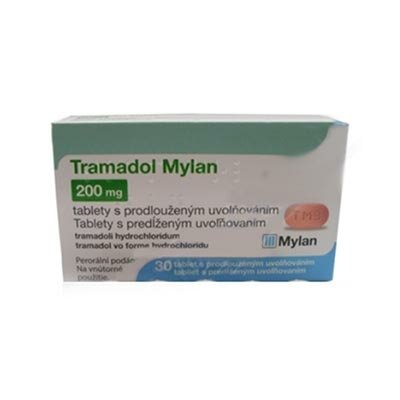
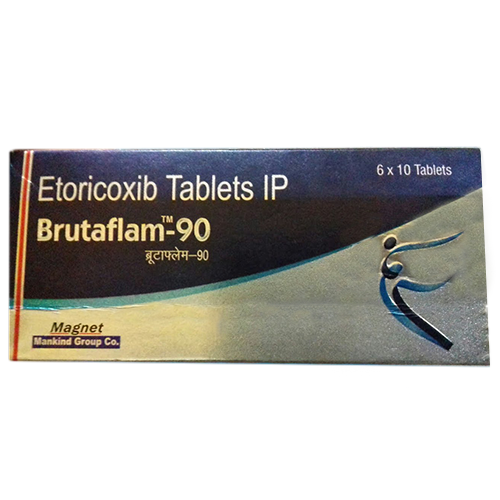
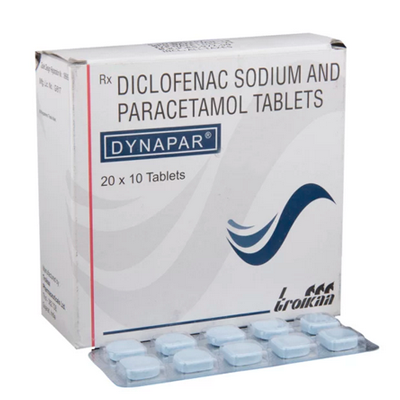
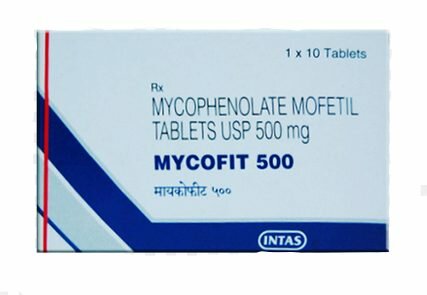
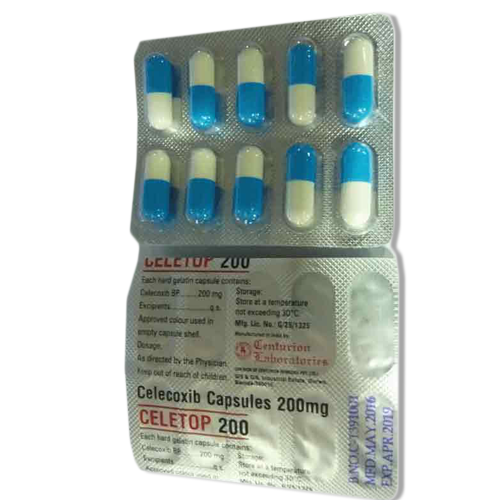
There are no reviews yet.